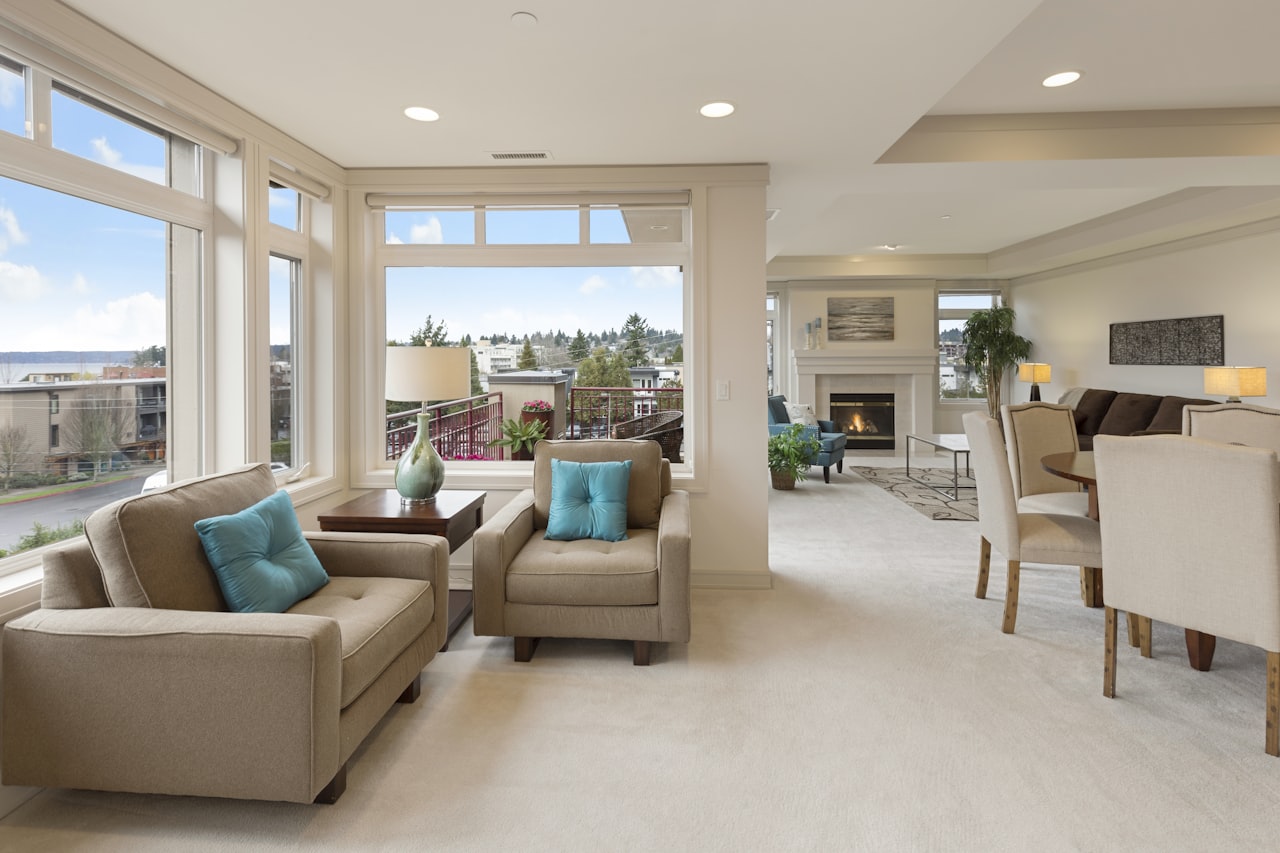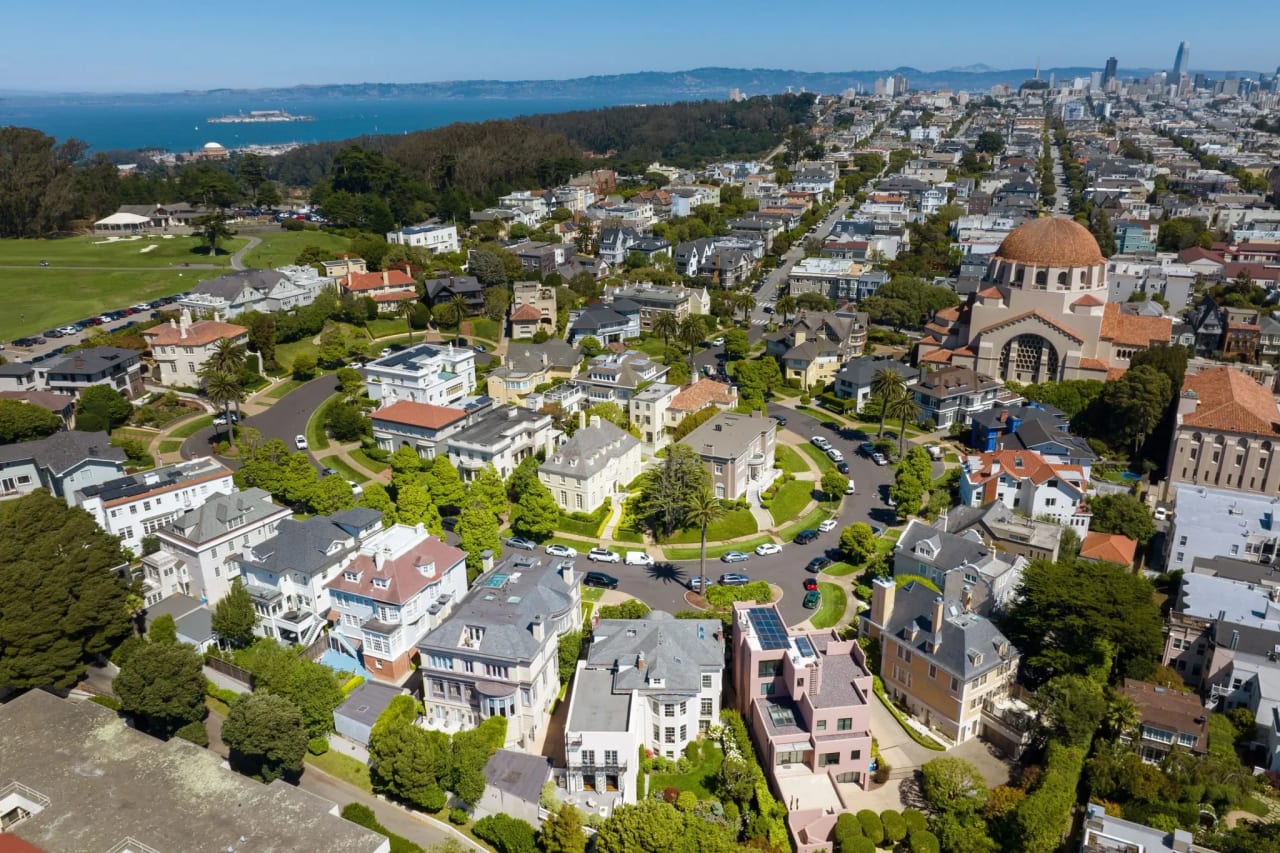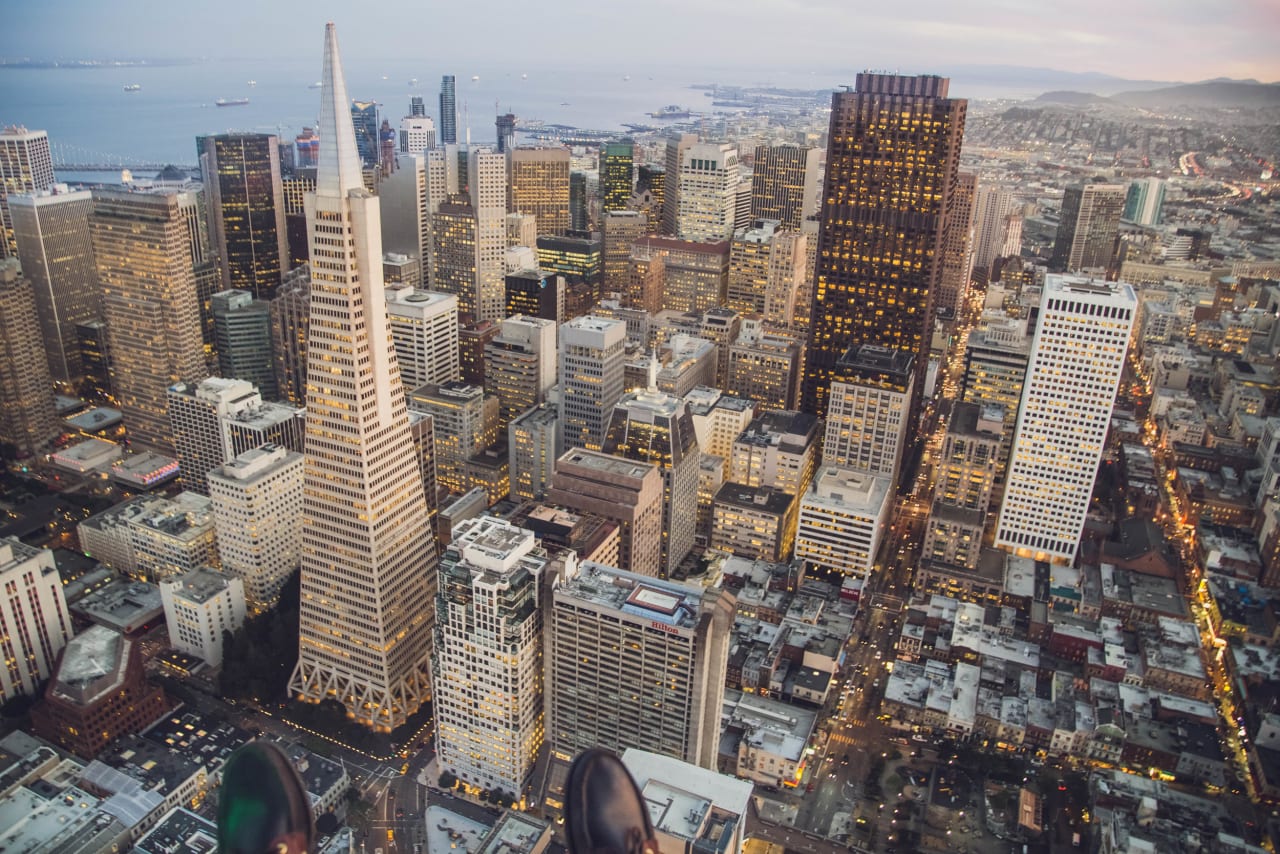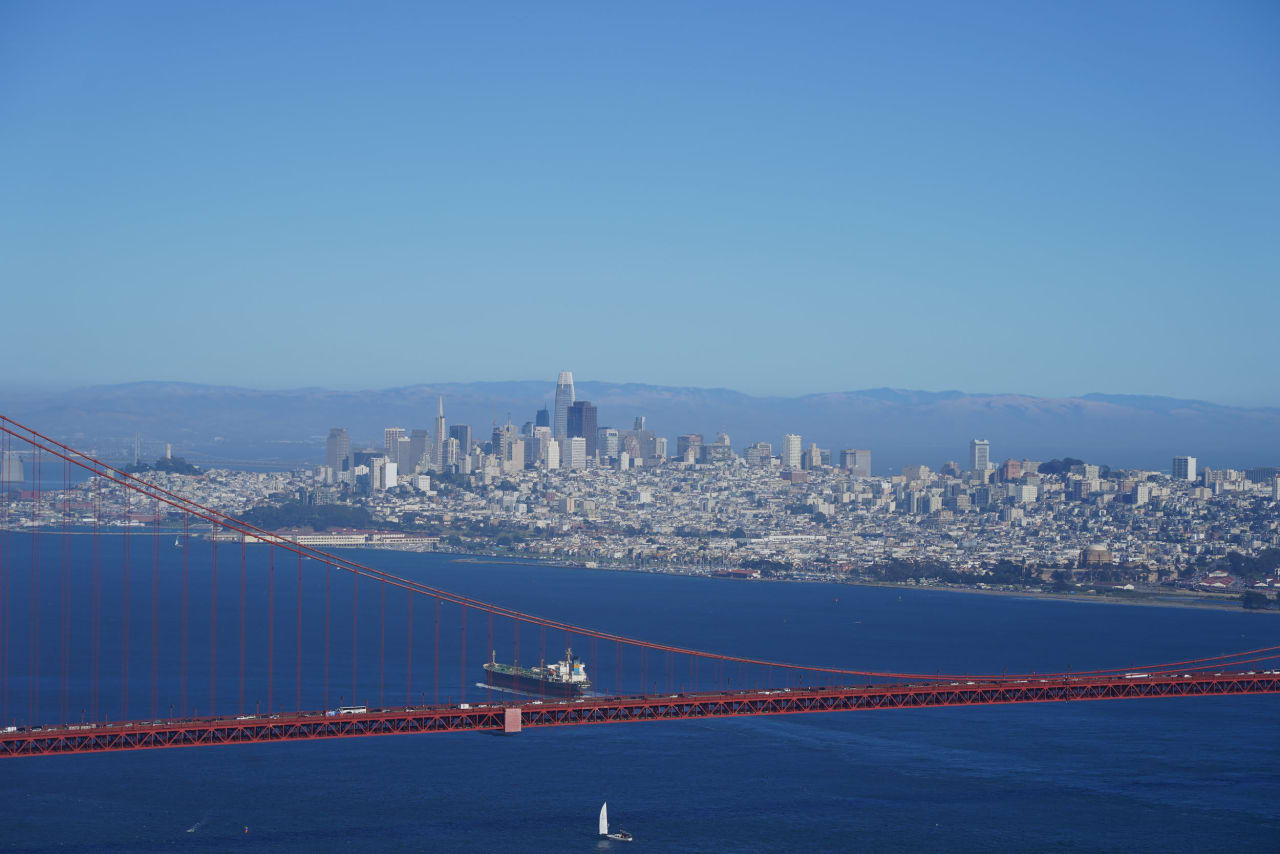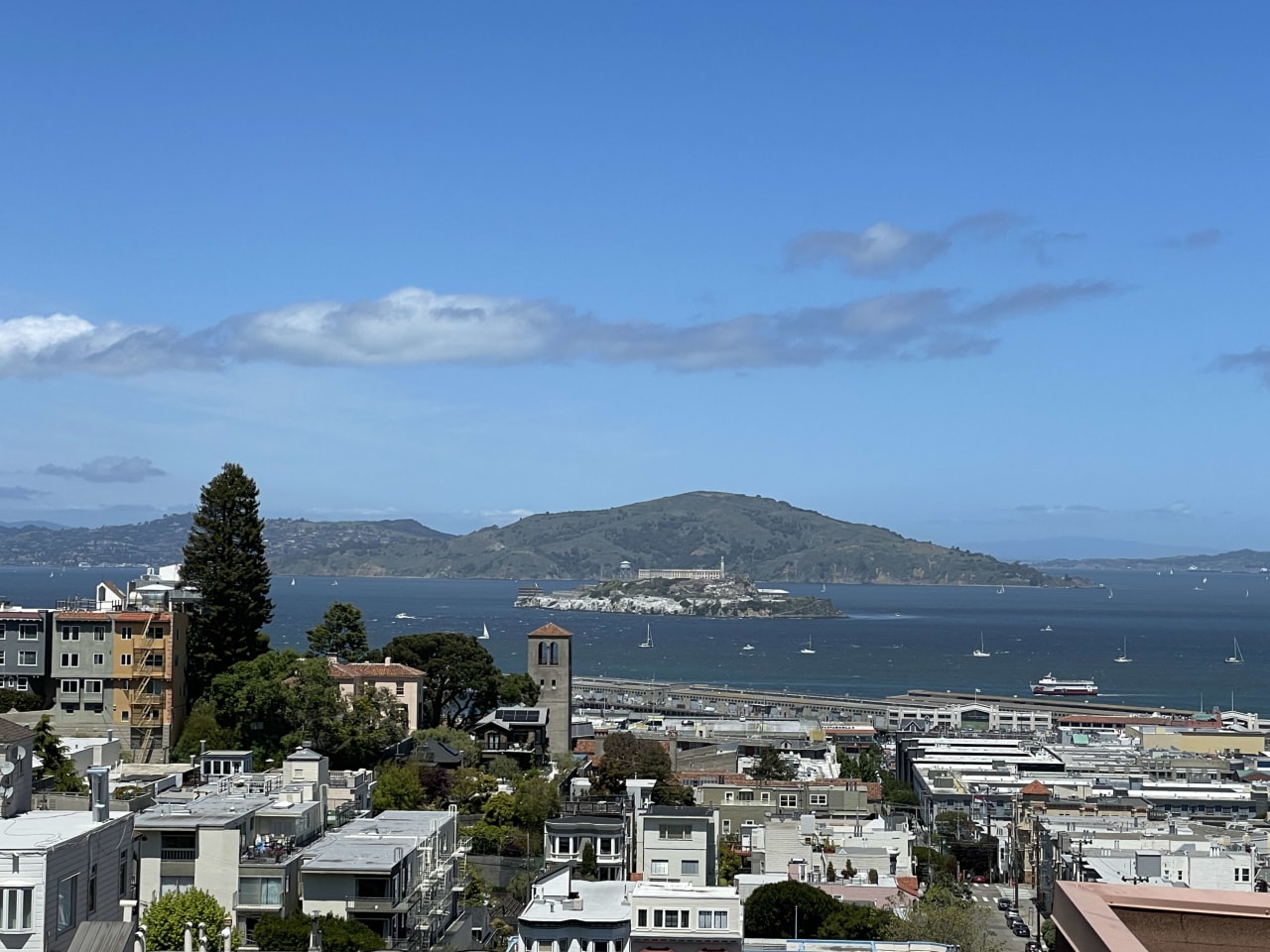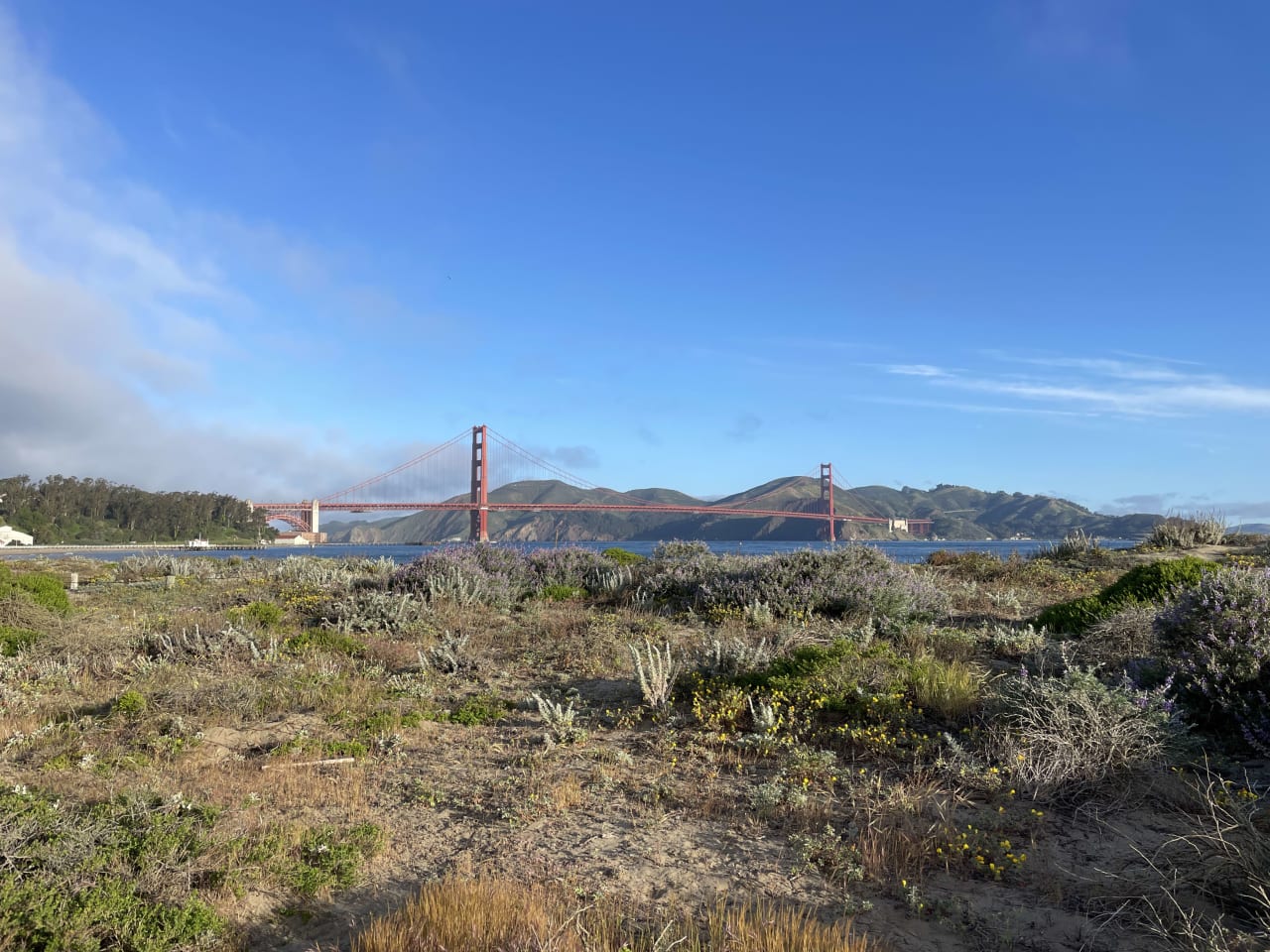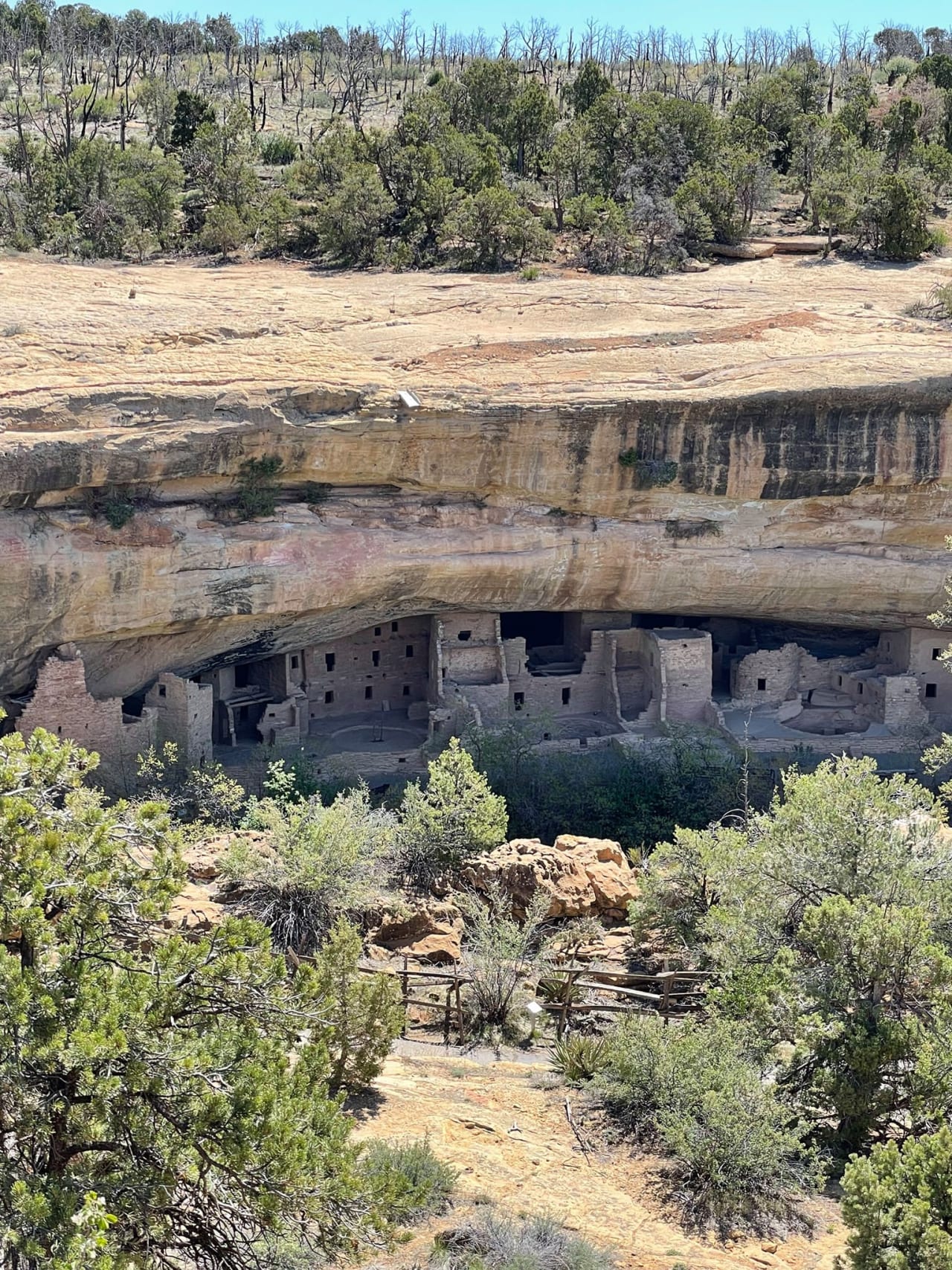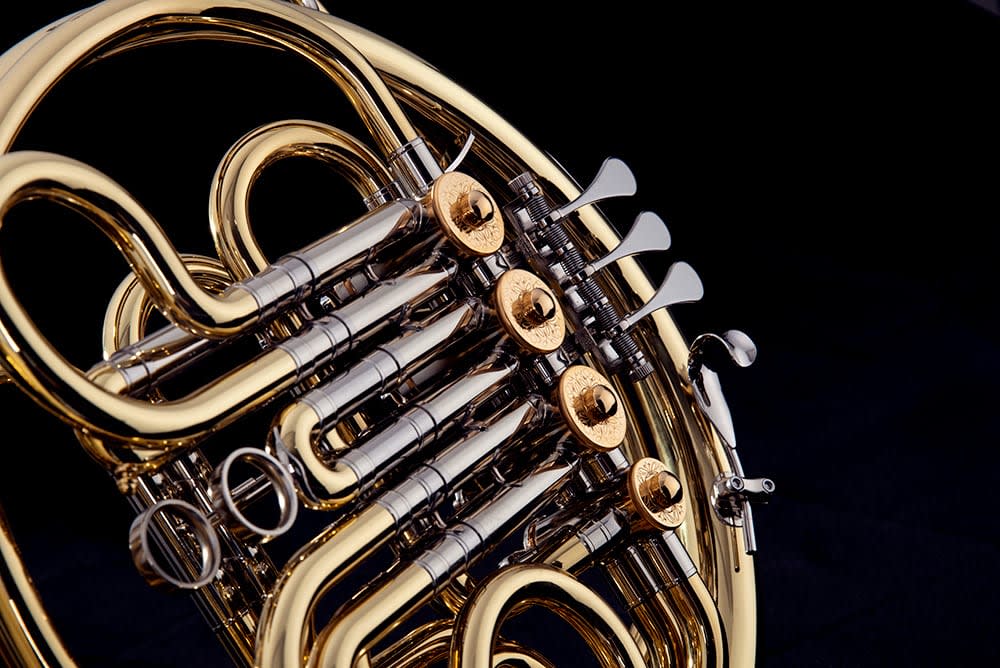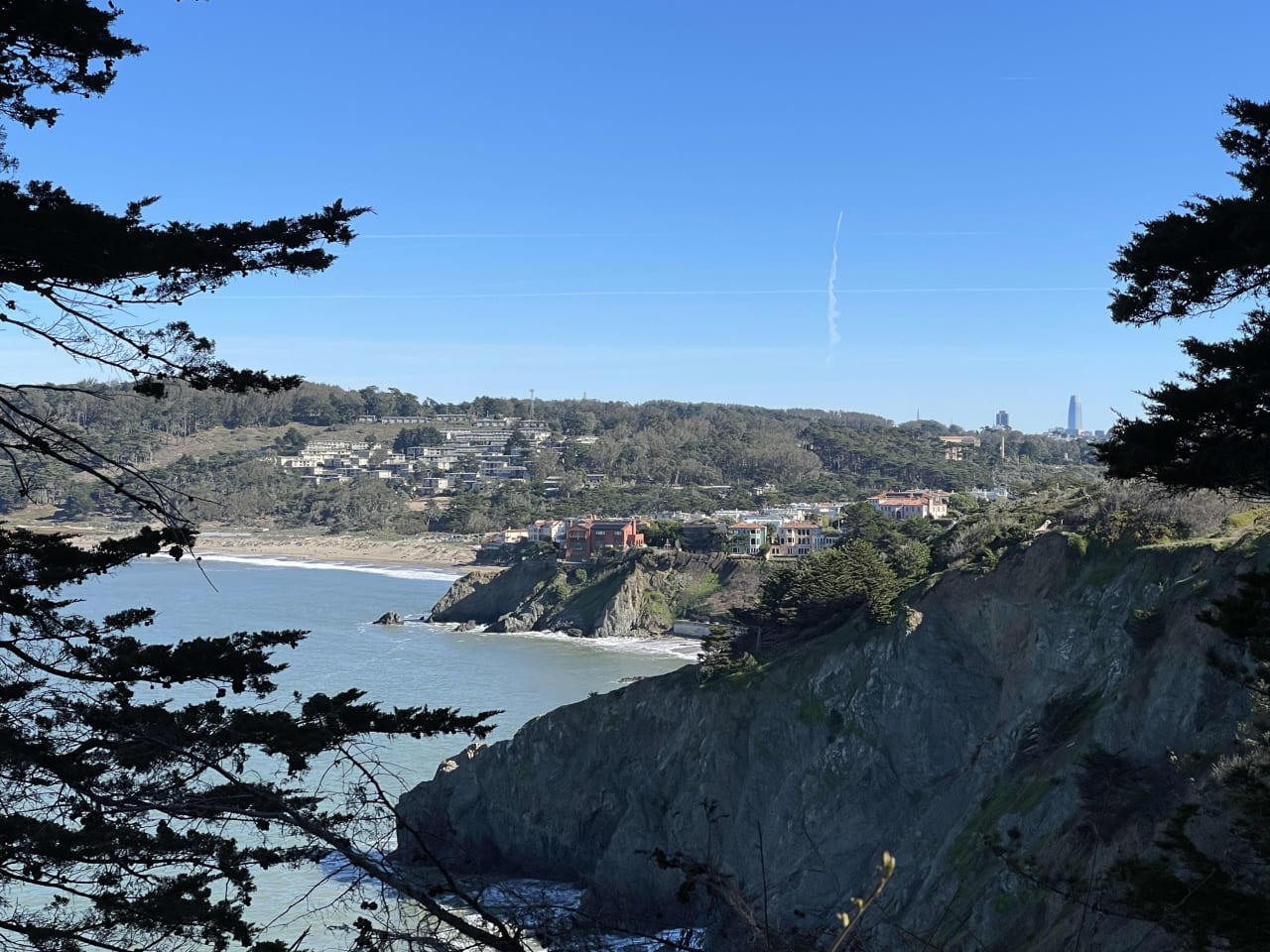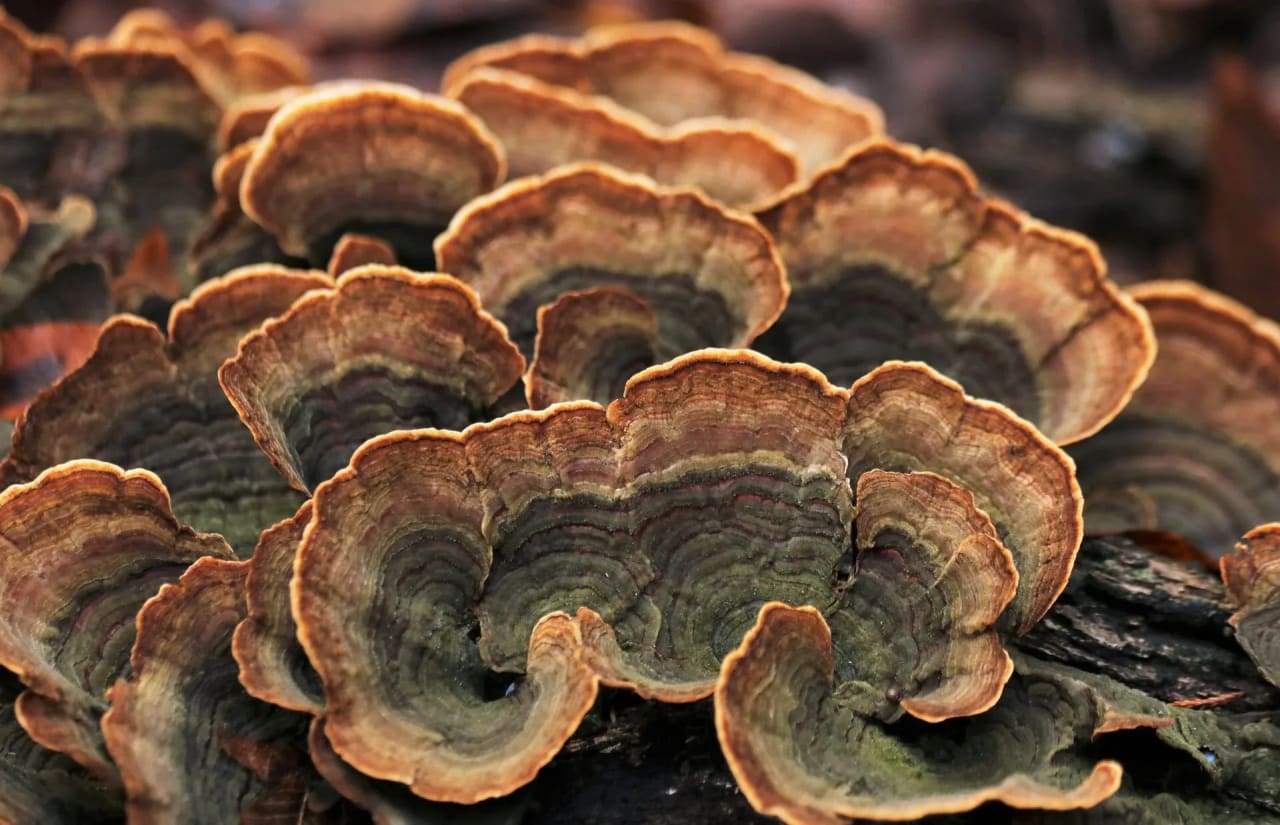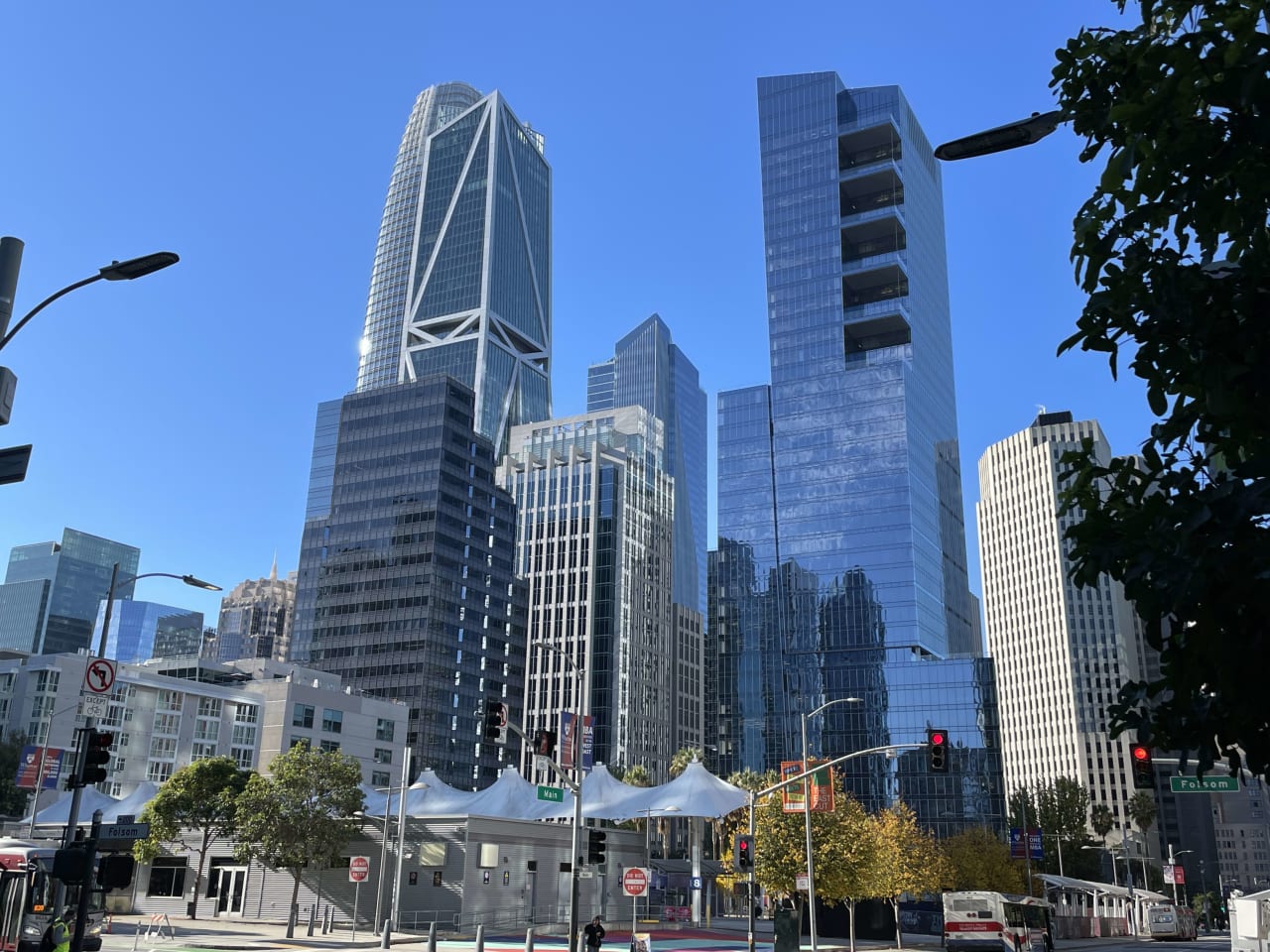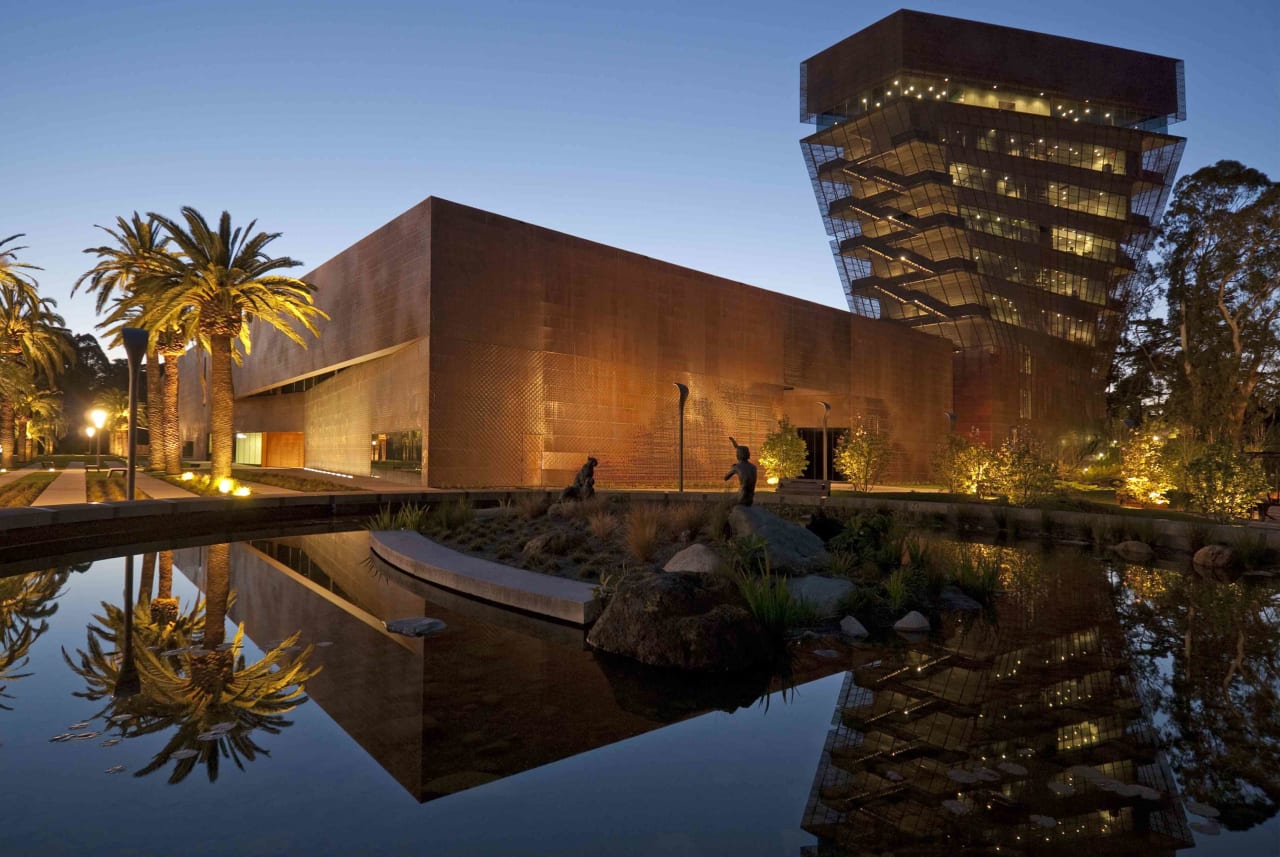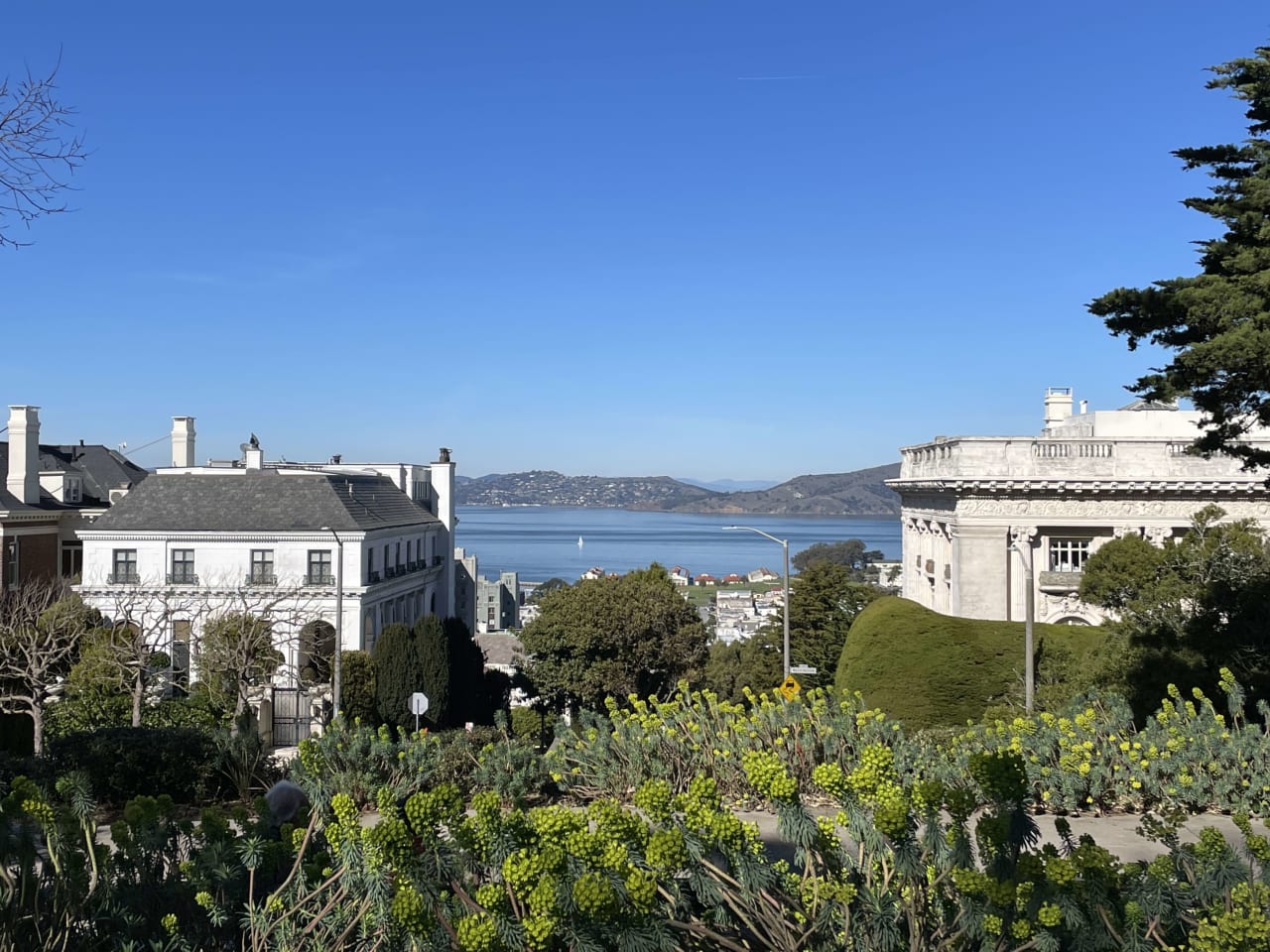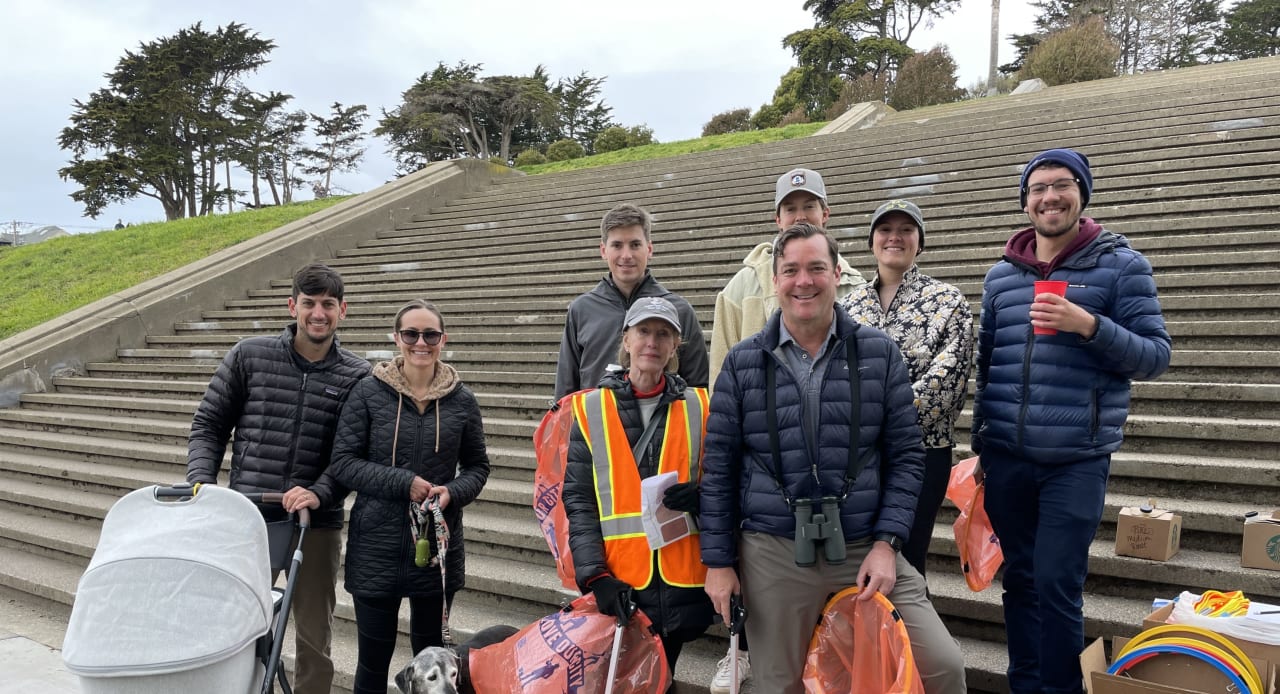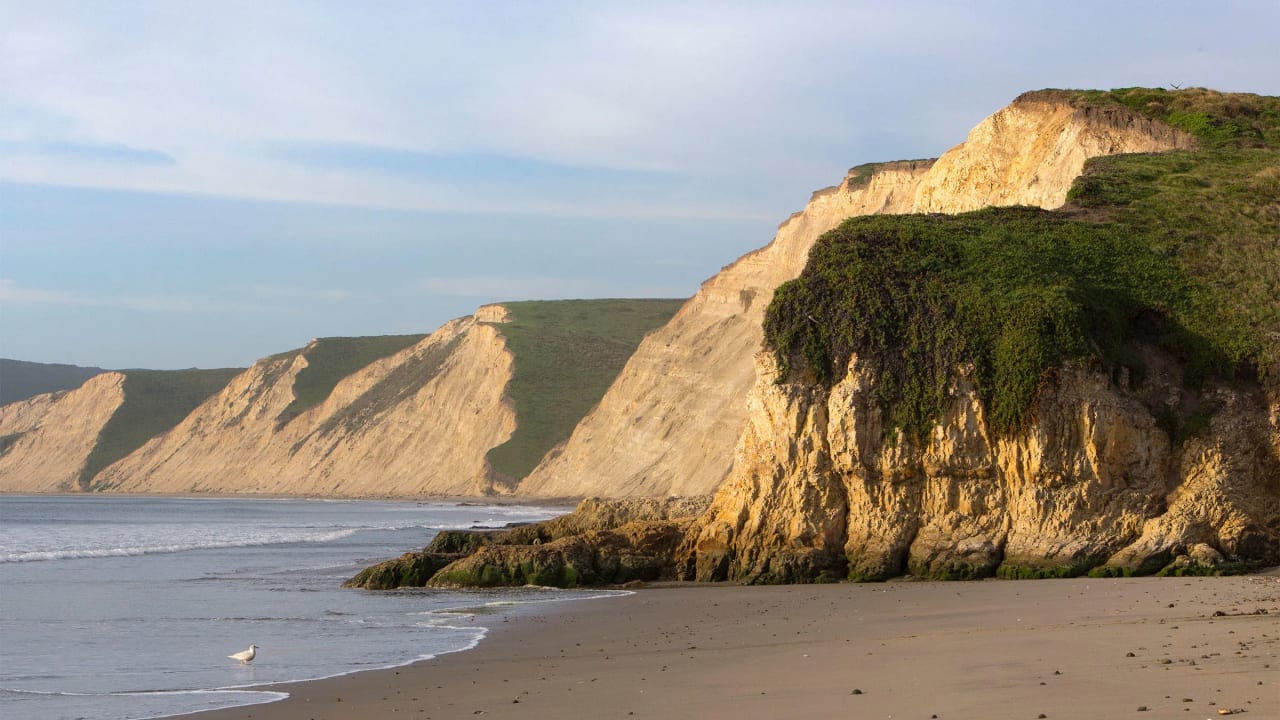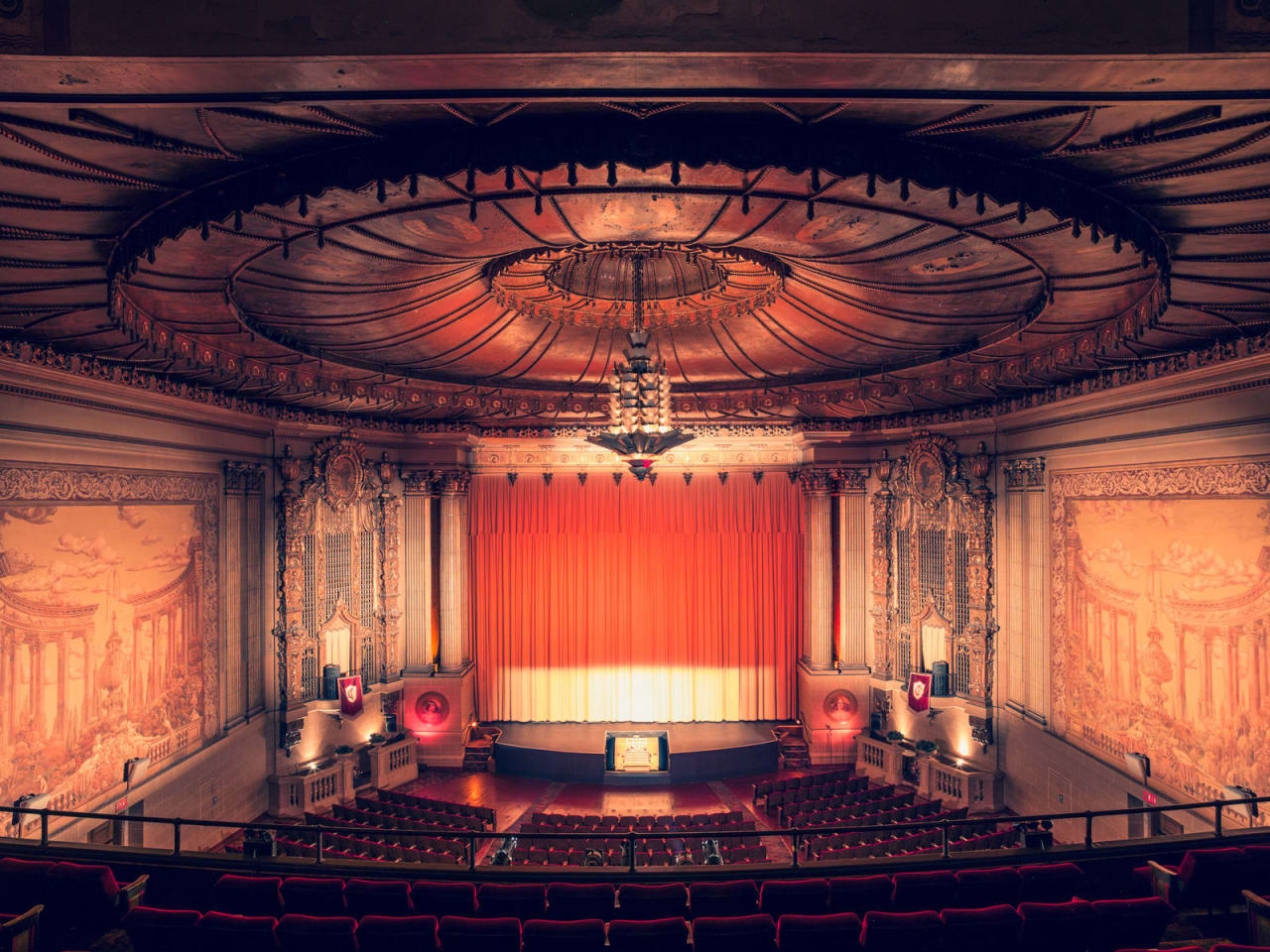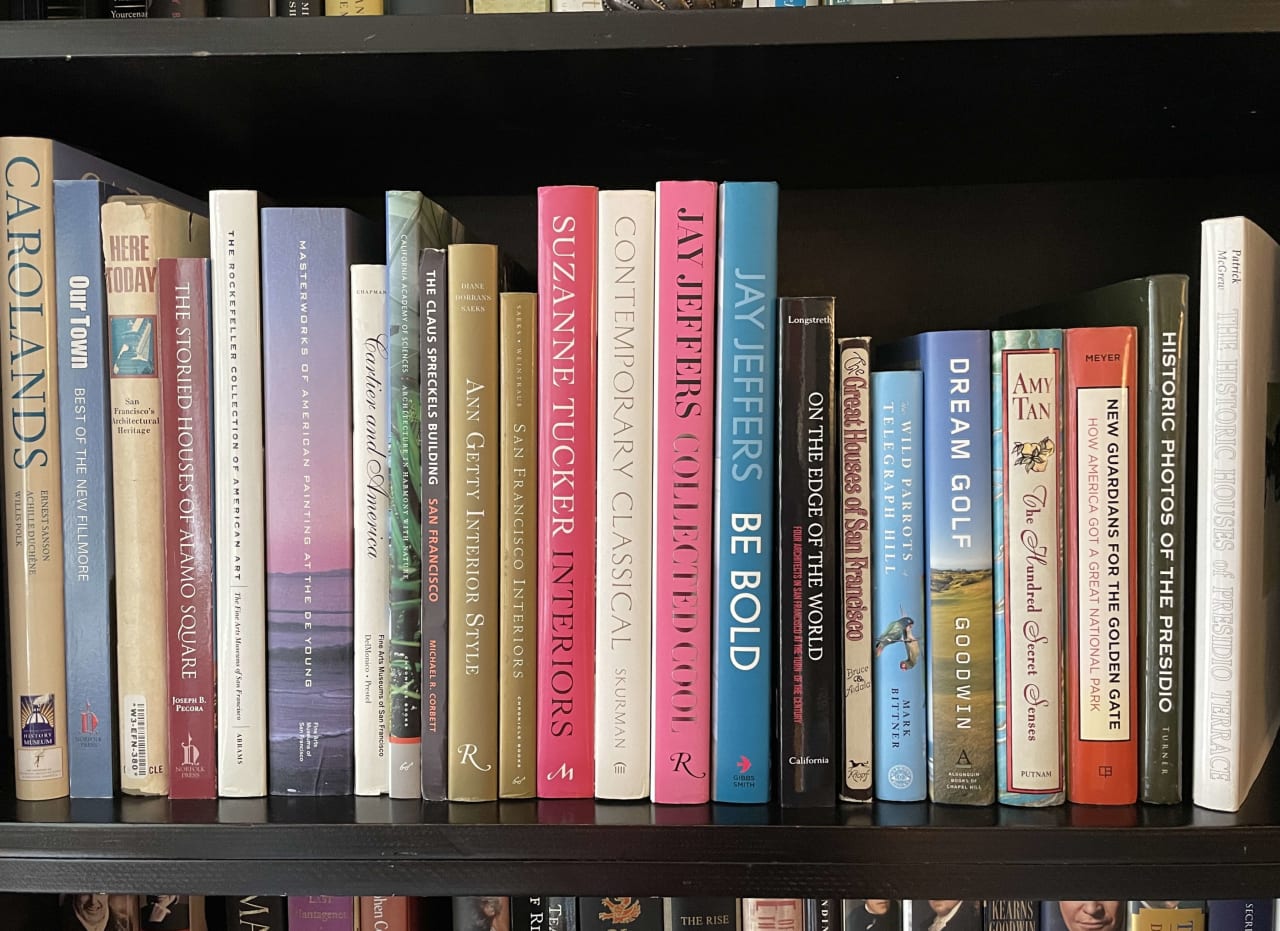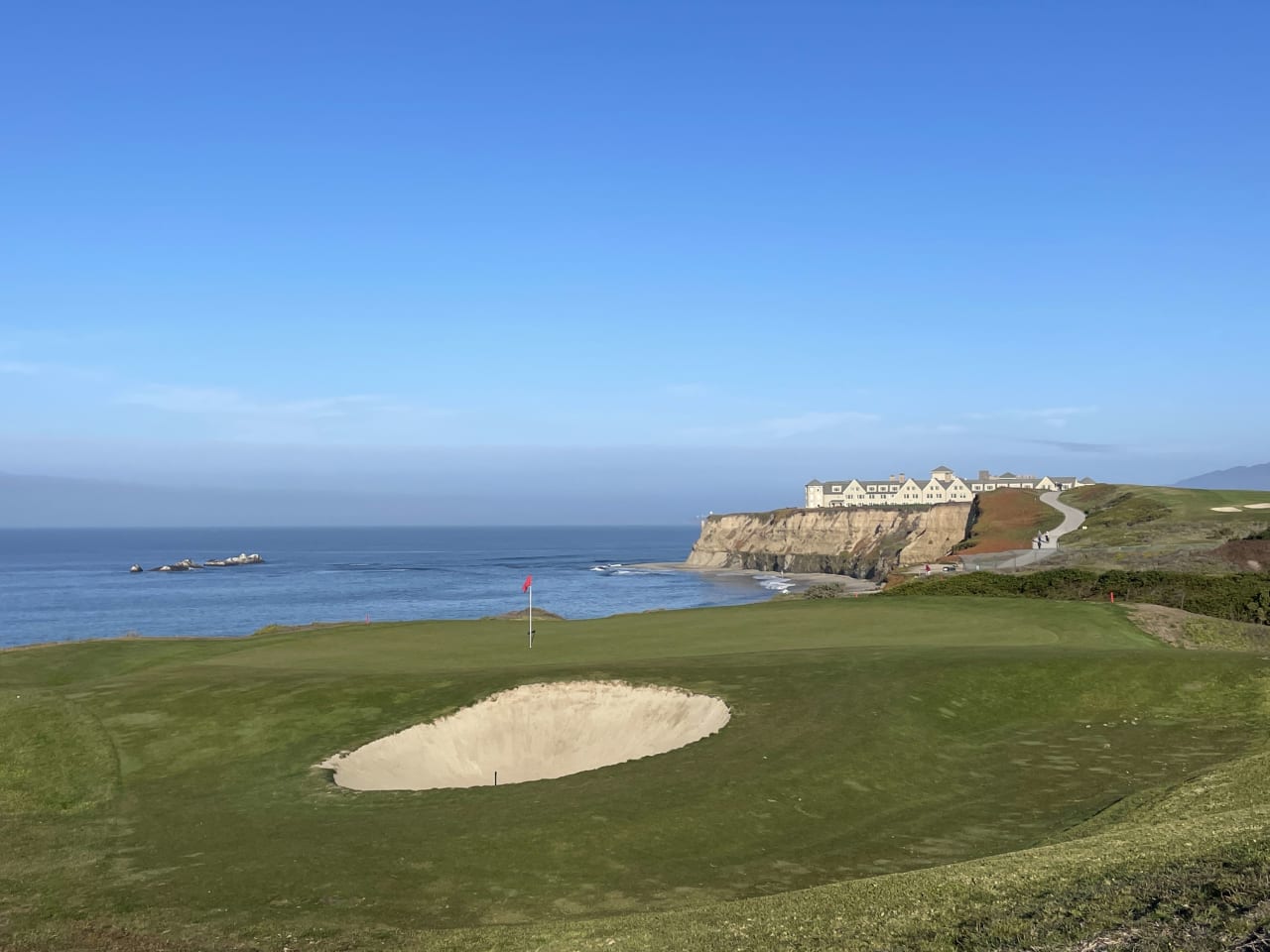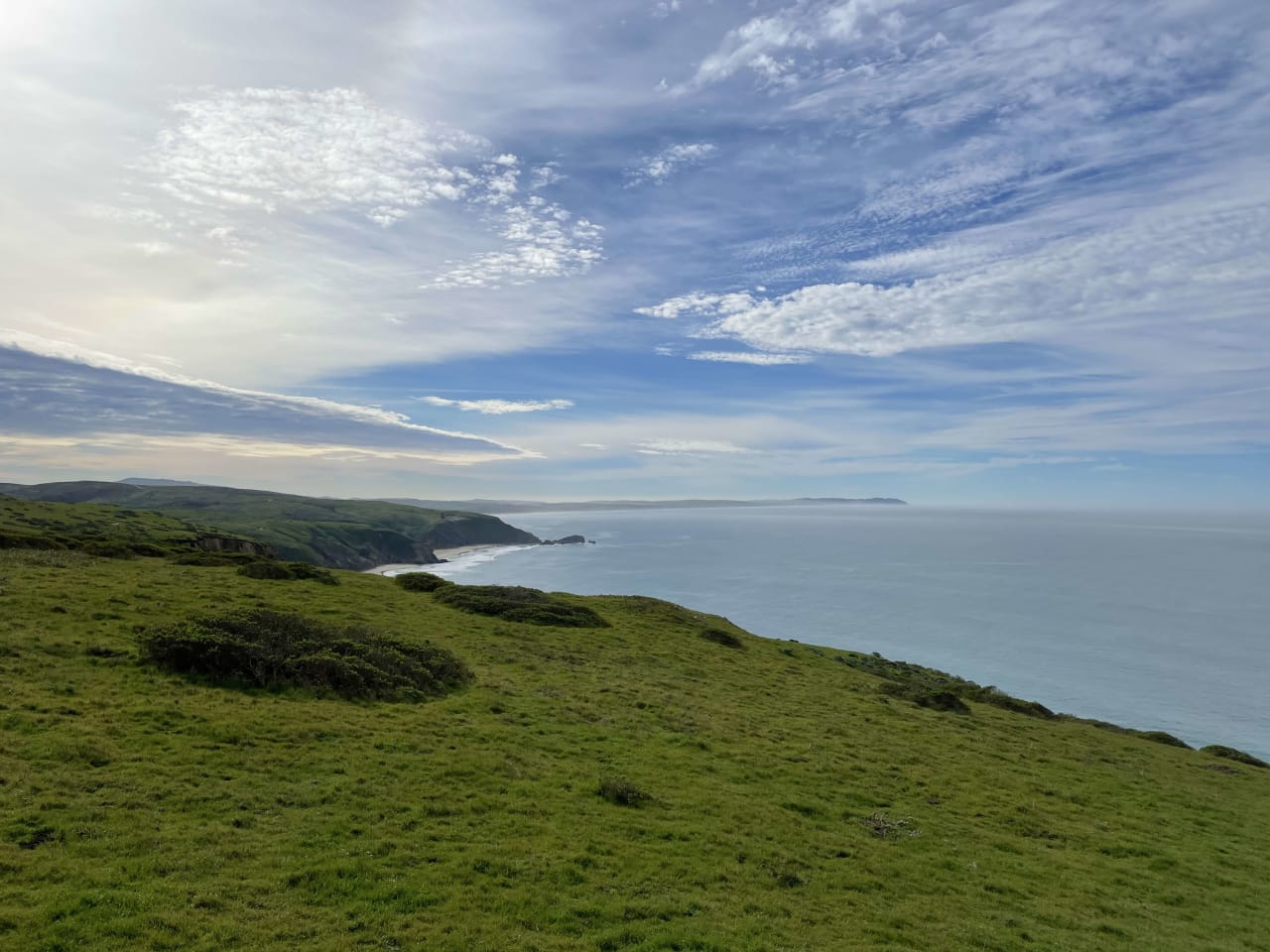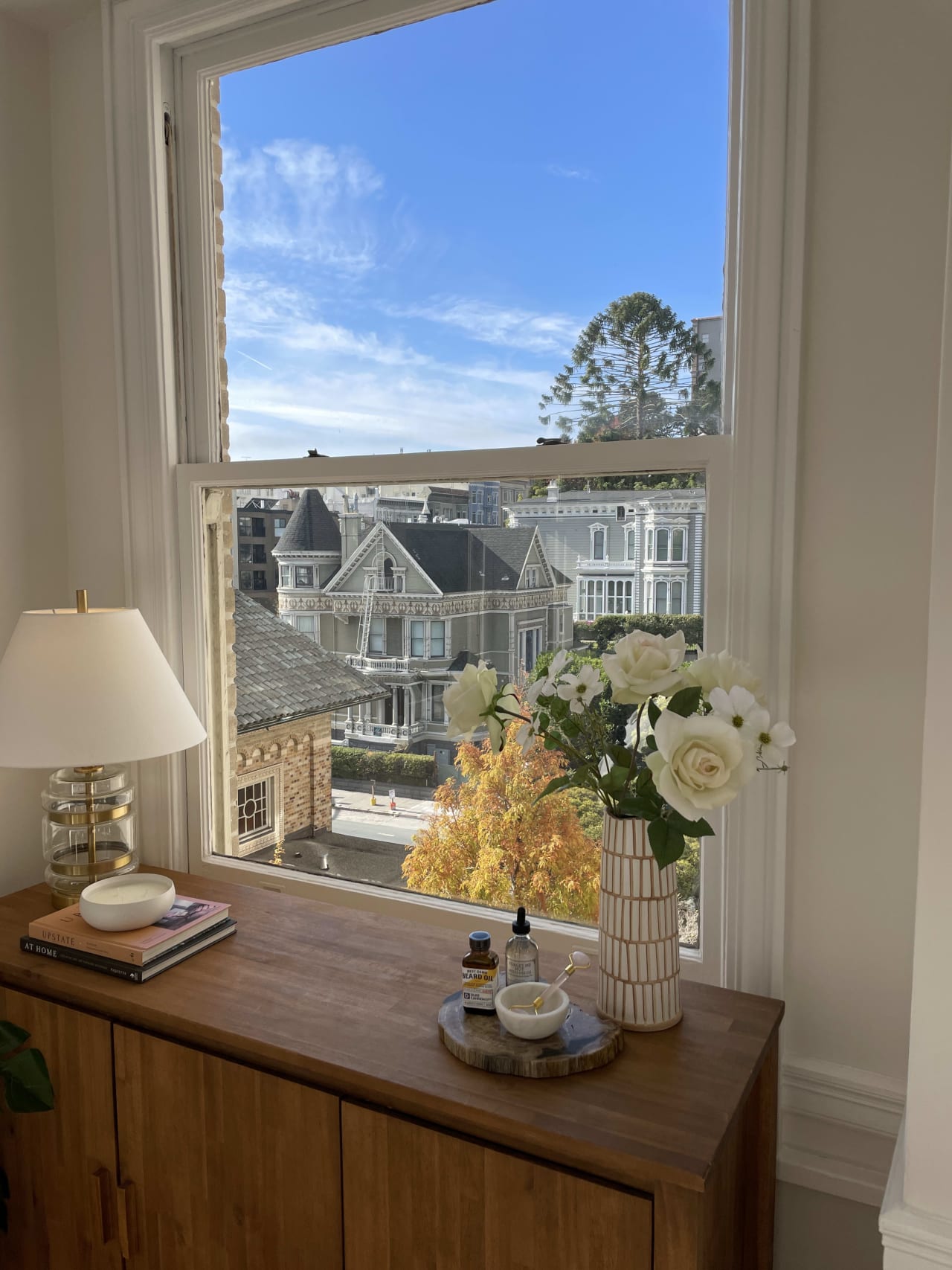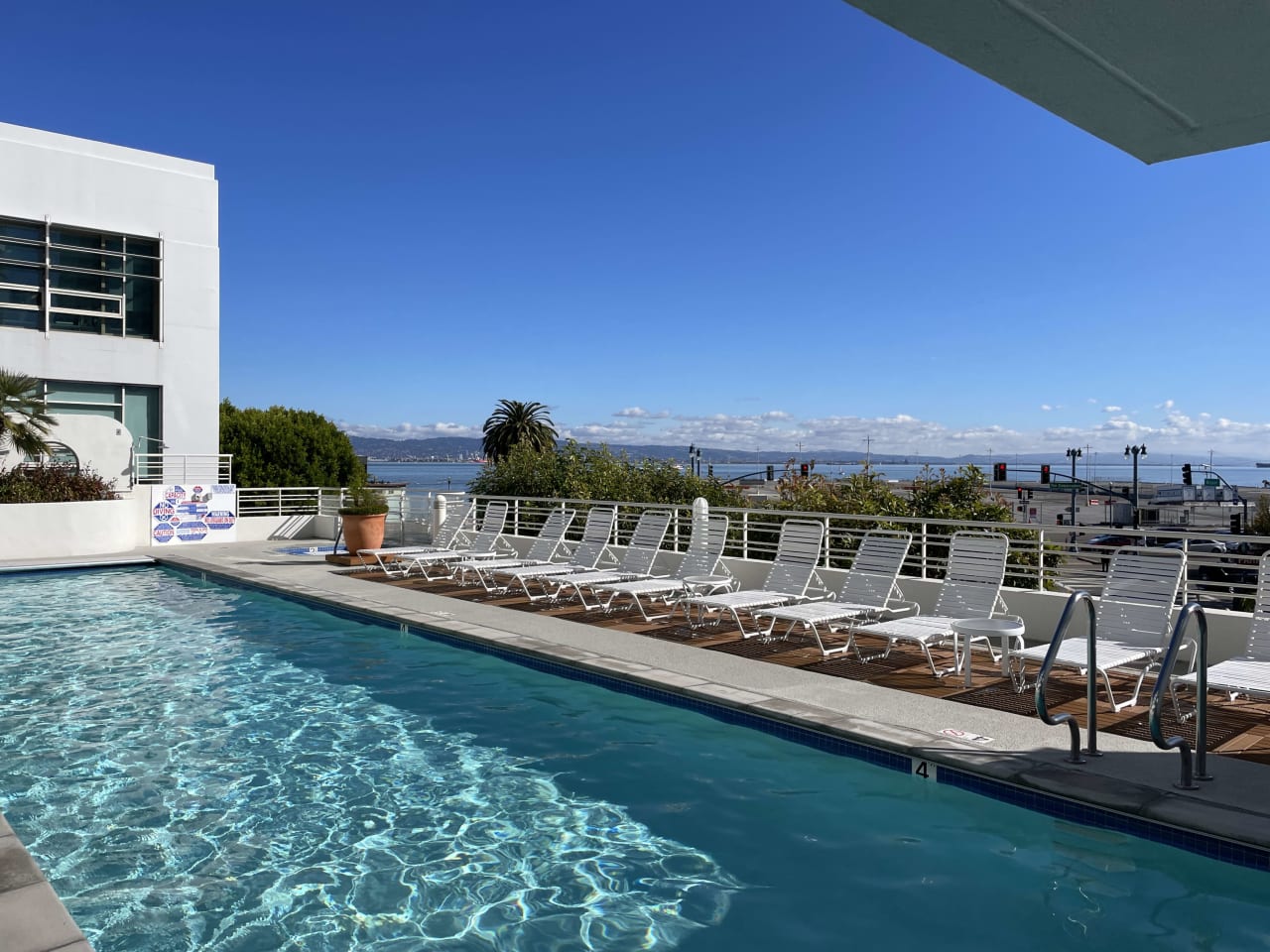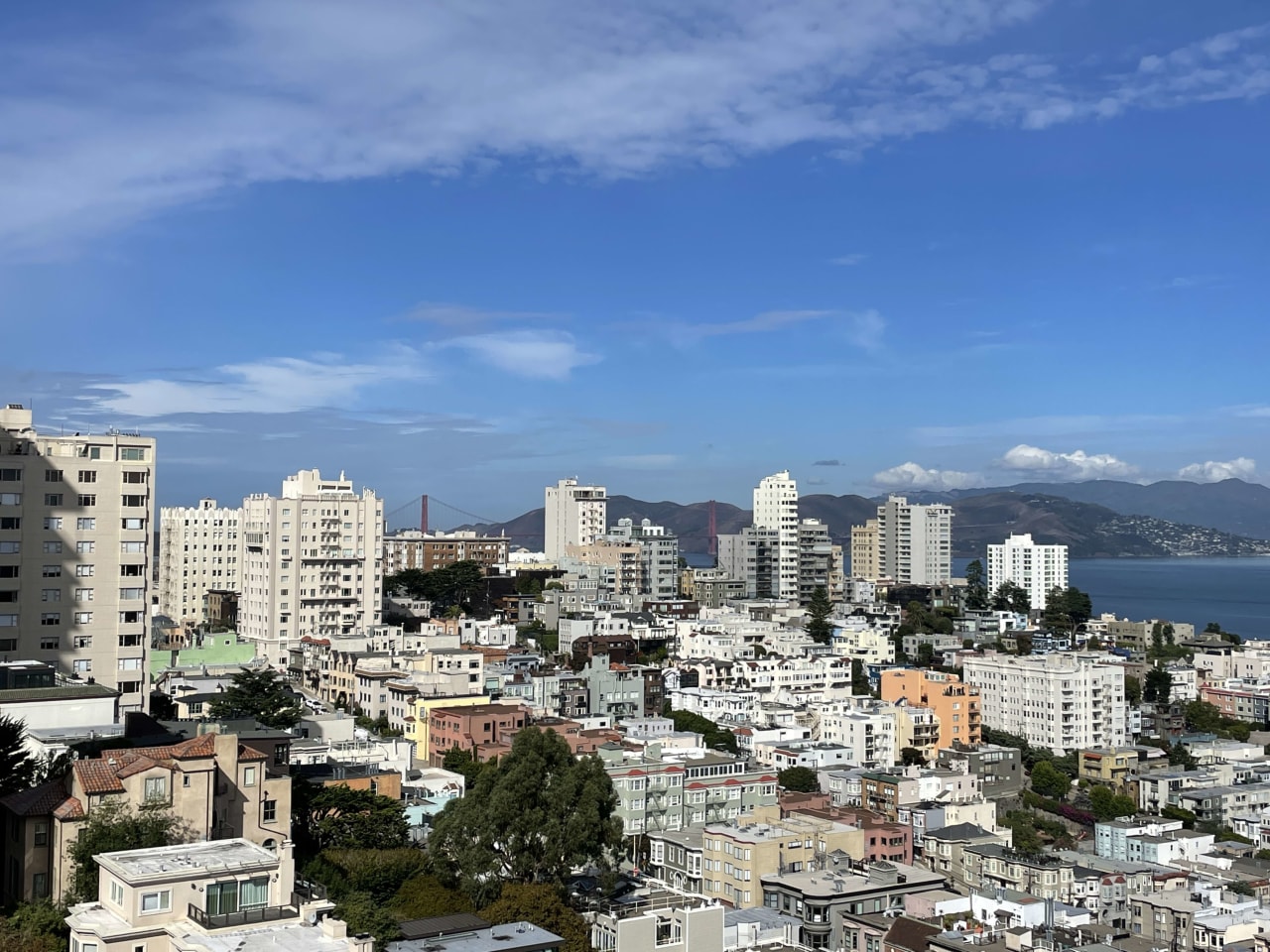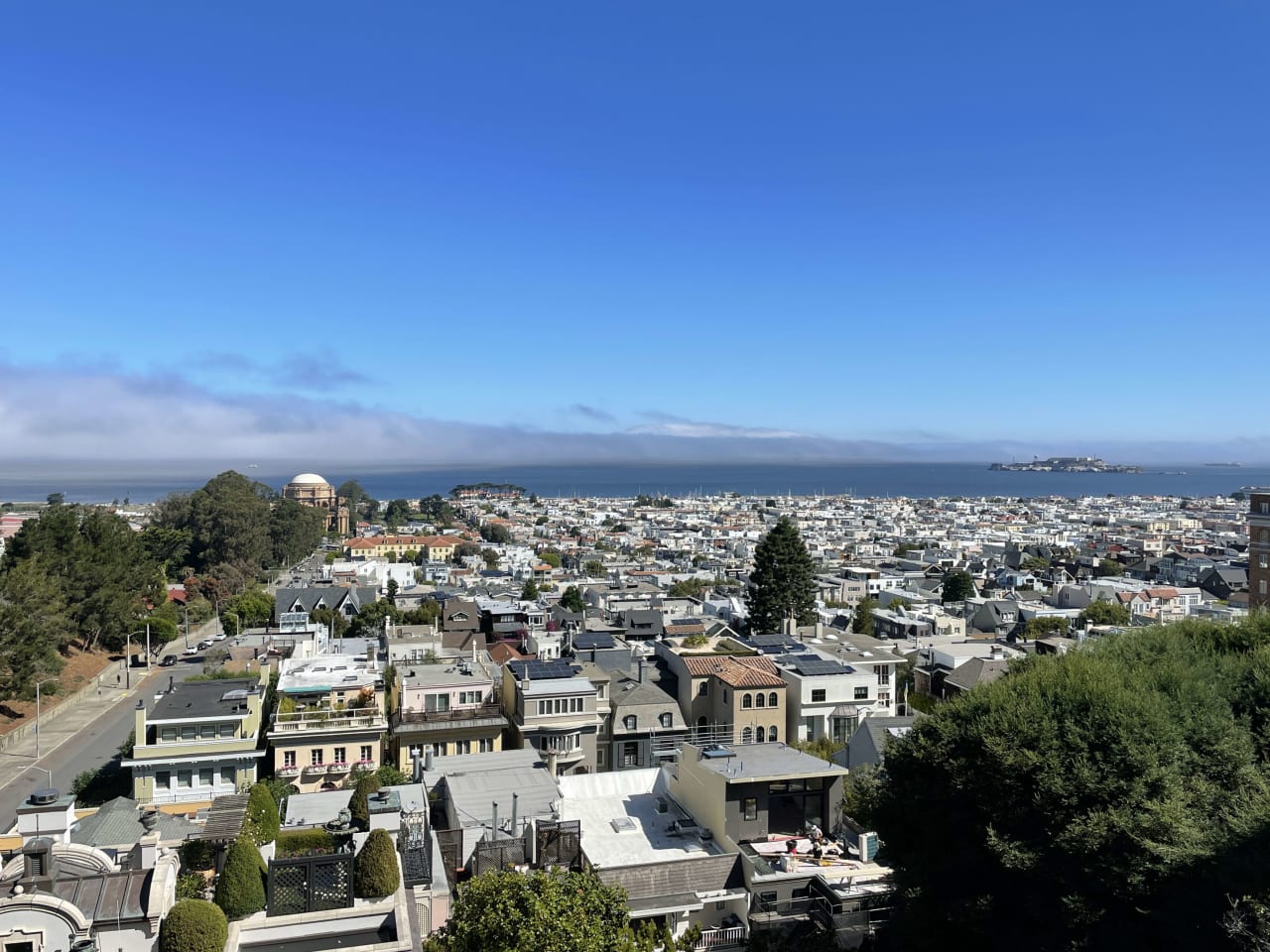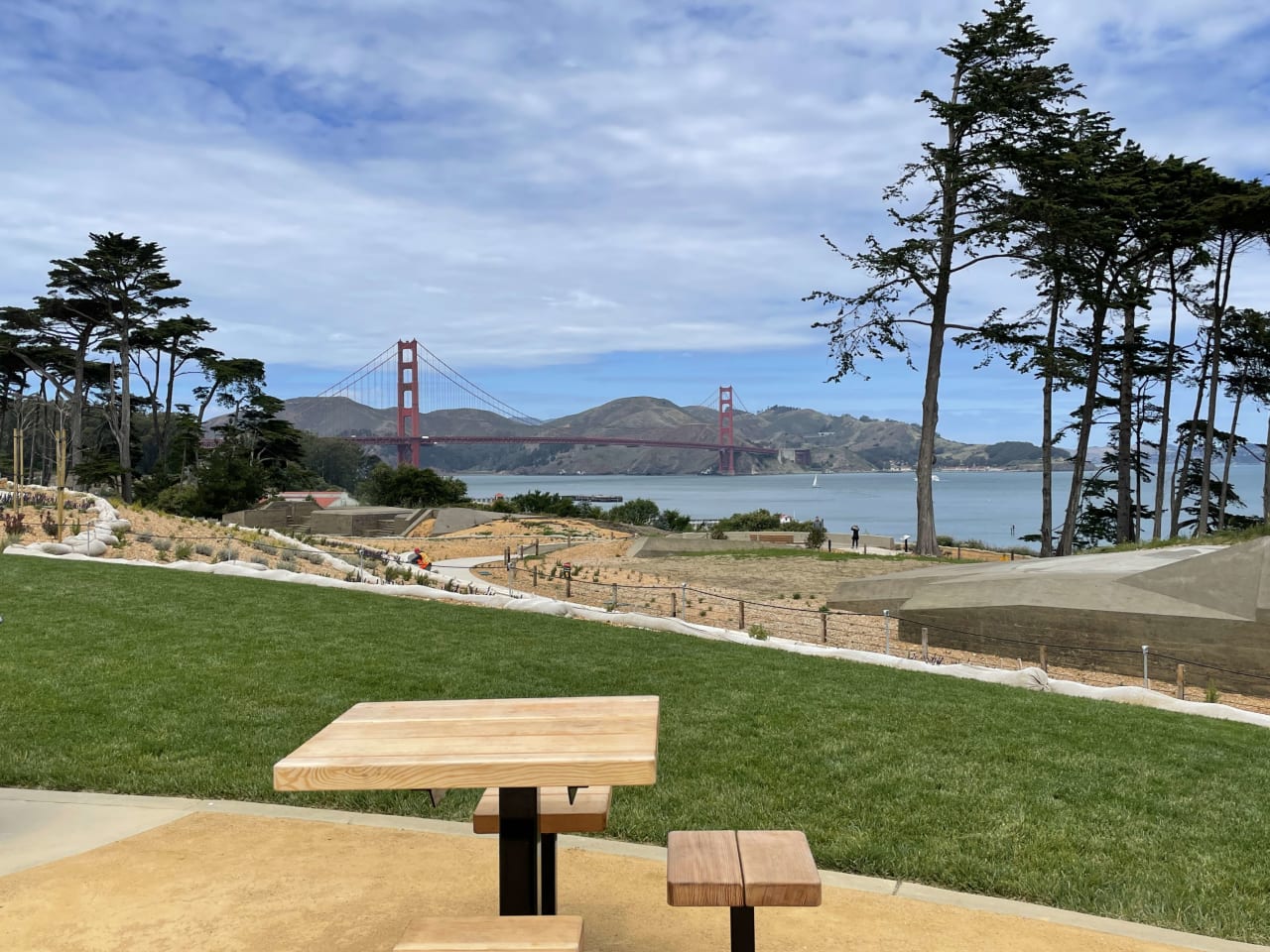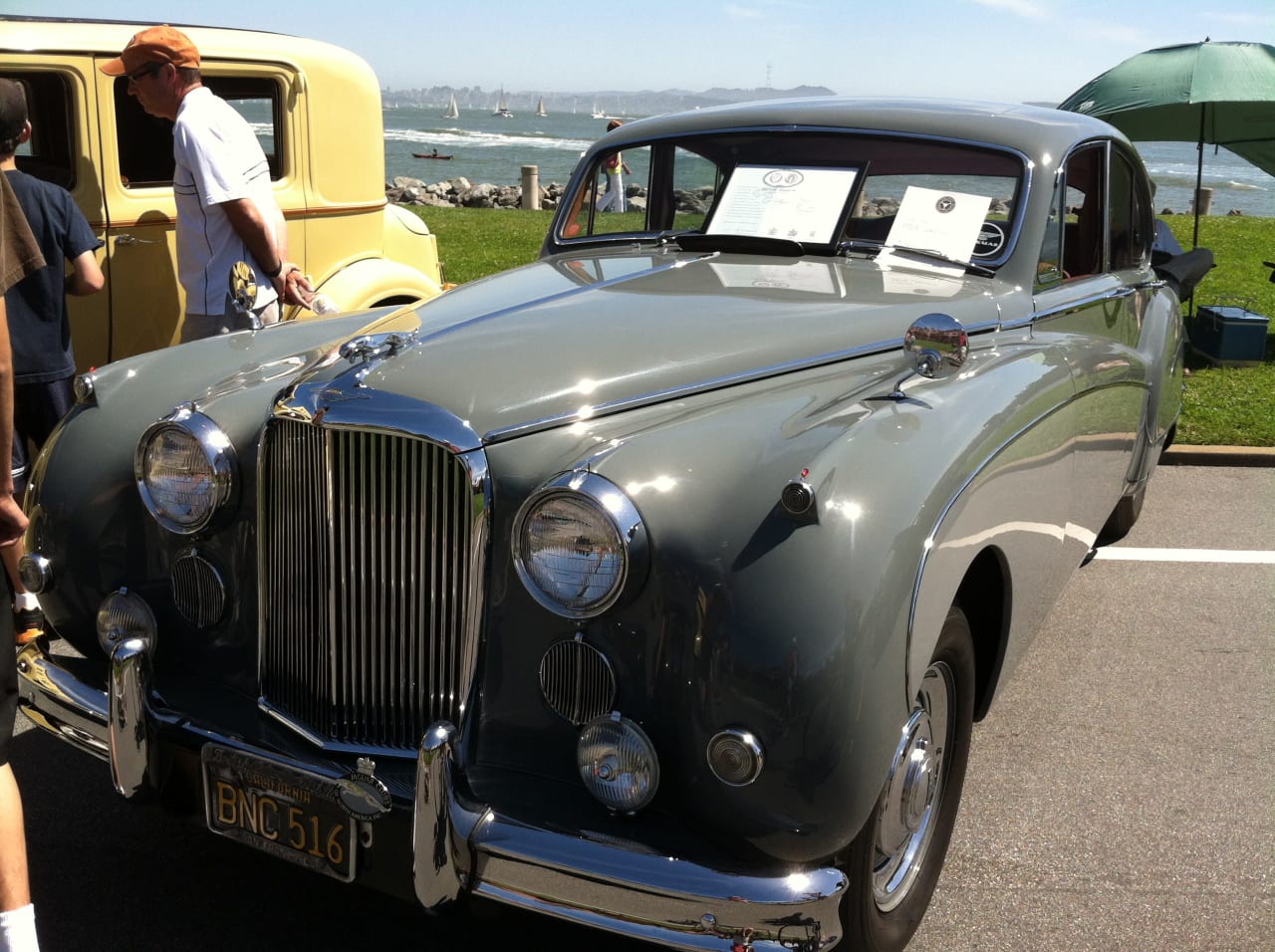Today I had the privilege of leading a walking architectural history tour of Lafayette Park, where I have lived on and off for the last two decades. It was a huge success! Our monthly neighborhood cleanup crew rsvps organized by Northern Neighbors increased from 15 to 45, and then almost 60 showed up. We cleaned 10+ square blocks and then converged at the house I lived in for seven years when I first moved to San Francisco, the C.A. Belden House at 2004 Gough Street. Commonly known as the Gough House, my dear friend, Dr. John Newmeyer has owned the house since 1974.
John has been a thoughtful custodian of a storied house. He is the fifth owner since the house was built in 1889 (the same year the Eiffel Tower was constructed as the entrance to the 1900 World's Fair). It is one of two houses to the east of Lafayette Park that survived the 1906 earthquake and fire. Everything from Gough House to the Bay was destroyed including Nob Hill, Chinatown, and the Financial District. It is a modest house compared to the mansions that once lined Van Ness Avenue, including the French Renaissance Claus Spreckels Mansion, which stood on the lot I currently live on (1735 Van Ness) until 1927. It was stone, burned in the fire, and then was rebuilt, only to be demolished two decades later. The house was one of the most expensive in California and took up the entire block. The same lot is now the site of four six-level apartment buildings with garden, and an adjacent automobile dealership.
The tour was so successful, they asked me to do another one.
It is wonderful to be able to share the history and success of Lafayette Park, once known as Holladay Heights. Samuel Wirt Holladay, a prominent attorney, challenged the city's claims to ownership of six parcels of land for many years, in what is now known as easter Lafayette Park. Defending his claim in the late 1870s until the early 1900s, Holladay fenced in his six parcels along Clay between Gough and Octavia (across from one of the current Spreckels mansions) including the peak of the hill. He built a well, water tower, stable, gardens, observatory (the first on the west coast), and an Italianate Victorian mansion, which was removed in 1924 after his death. He referred to the estate as Holladay Heights and is the reason 1925 Gough Street designed by C.A. Meussdorffer, known as the St. Regis, is built inside the park.
Lafayette Park remained little more than an "unimproved sand hill" through the 1890s. The present design of Lafayette Park, which received a $10 million makeover in 2008, with its formal western half and heavily wooded eastern half, stems directly from the Holladay dispute.
On my tour, I include historical details of the current structures on and near the park built by the Spreckels, Phelan, Tobin, Hammersmith, Matson-Roth, Haas-Lilienthal, Wormser-Coleman, Chambers, Queen, Schwabacher, Rothschild, Brandenstein, Meyer, Whittier, and Atherton families, as well as provide images of former mansions built by the Crockers, Josselyns, Borels, Adams, Irwins, Bothins, Holbrooks, Ashes, Stetsons, Neustadters, Walters, Thompsons, Hobarts, Wenbans, and Franks among others.
Follow @statelysf on Instagram for more on San Francisco's architectural heritage and details on my upcoming book.
Our neighborhood is a treasure, and neighbors who've never met (pictured above) came together today to encapsulate what Northern Neighbors represents: a welcoming group of neighbors that loves and is interested in the neighborhood and wants to make it even better.
Thank you, John Newmeyer, Liz Miller, Jonathan Bünemann, and Michael Chen for hosting and organizing.





